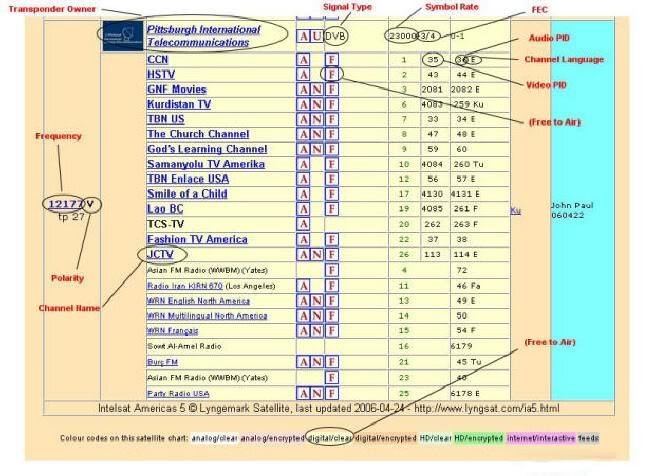Right, I hadn't thought of that, but instead of turning the volume up, you could hook the audio directly into the wireless headphone setup. ...
....
And you won't feel in a rush to get it done before the neigbors call the cops, since your tv room would be dead quiet.
Re wireless headphones, we've owned I think 2 or 3 sets of those things, all name brands like Sony, and none of them worked worth a darn. They would sort of work, if you were maybe 10' from the transmitter, but only if you kept your head tilted at the right angle, and if you got more than 10-15' away, you lost everything. We've also tried those video repeater things too, and same thing, ie limited to about 15'. About the only wireless things that have ever worked in my house are the wireless routers, and the UHF remotes for a couple old analog receivers I used to use. I don't know if it's because I have so many different types of computers, scanners, radios, TVs running 24/7 and the interferrence messes things up, or what, but none of those things work in this house. Even the wireless network seems to have poor range, in that it works INSIDE the house, but if I walk more than 10' from the house, I lose it. I guess this is a good thing, security wise, but it means that I can't take my computer out to the dish, and view the output of my PCI card receivers connected to the network inside, although I was able to do that once, by setting up an external WAP via wired network, but having two access points kind of confused the rest of the network. But that was a neat way of getting around taking a TV out to the dish. Ie just take the laptop out there, and using a VNC program view the desktop of the computer running the receiver inside.
It's possible that it's due to the fact that we have a metal roof, and get reflections off it messing up phasing, etc.
Re neighbors calling cops, not too likely. We do have one house that's only a couple hundred yards away, but that's just a weekend/vacation home owned by some rich people from Boston, and they aren't there most of the time, so the only people there are their caretakers, who make more noise than I do. Next nearest neighbors are a half mile away. ALTHOUGH, we live on the side of a circular valley, and it seems to focus sound like an elliptical reflector, and there are times when we can hear minor sounds coming from one particular house that's about a mile away. We drove around once trying to find who was playing music real loud, and found the place, and the sound was lower when right at the end of their driveway than it was a mile away. Weird.
Boy did I get off topic......


